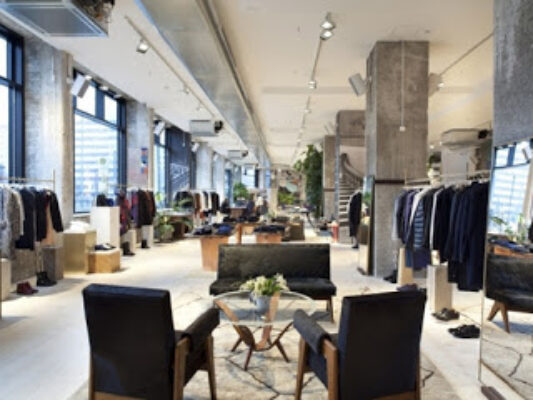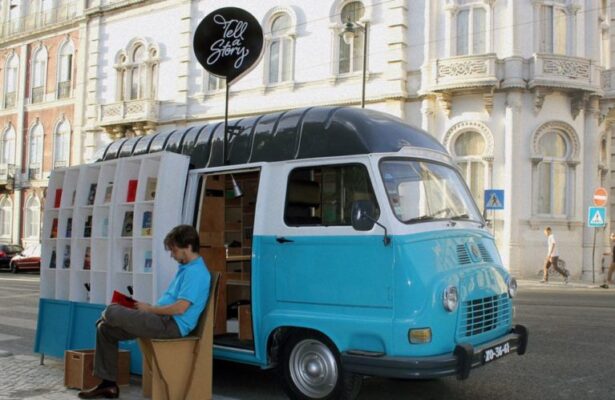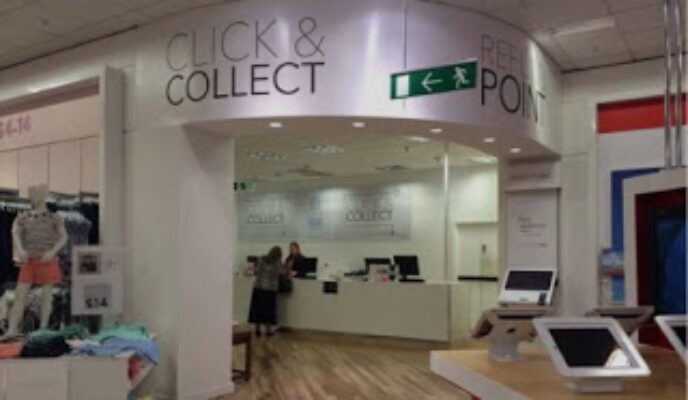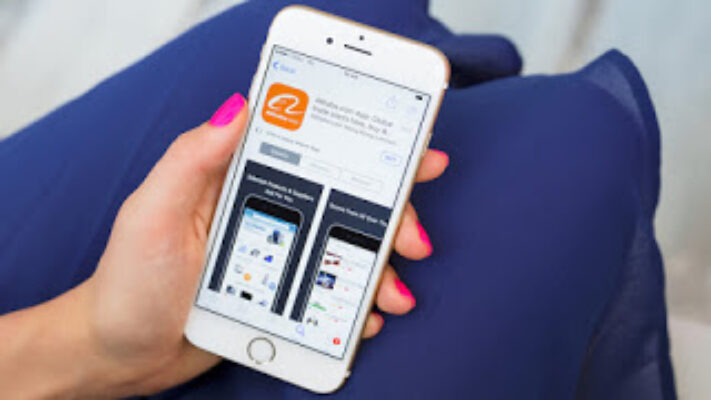To write this article, I was inspired by the response that my previous article got i.e. on Markdowns in retail, which got read by over 10,000 retail professionals worldwide right from Australia to the UK and of course middle eastern countries.
In continuation of my earlier blog on Markdowns topic, I would like to highlight another important inventory planning tool i.e. OTB or Open to Buy.
I get so disappointed to read Retail industry news wherein we read that classic brands across the world are either closing their stores or filing for bankruptcy & recent example is of Toys R Us. Many retailers had to close their doors because they did not manage their inventory well. One of the biggest contributing factors to mismanagement is a lack of an open-to-buy system with key retailers.
Even the Middle Eastern region is not insulated from this Retail apocalypse, in fact, gone are the days wherein local traders turned retailers used to import container loads of goods and sell at full margin. Cut short to 2018, to sell even 25% of inventory at full price is a dream come true for many retailers amidst tough competition across categories say its fashion, beauty, toys, electronics etc.
What is OTB?
An Open-To-Buy is a budget and involves the full range of budgetary functions. It begins with the planning process, is future oriented, provides guidance on how much to buy, and provides benchmarks for evaluating progress and adjusting future plans.
Having too much inventory (or the wrong type) during certain periods can slow your cash flow and reduce profits with too many markdowns. On the other hand, if you under-buy (meaning buy too little product) and miss sales opportunities, then you are not making your potential profit (plus damaging the customer experience). A retailer can be sure to stock the right amount of the right products at the right time by using an Open-to-Buy plan.
How to calculate OTB – its formula?
As per retail textbook, its formula is simple i.e.
EOM (end of the month stock level-desired estimate)
+ Sales (month actual)
+ Markdowns (month actual)
– BOM (beginning of month stock level-actual)
– Merchandise on order (or stock in pipeline/transit).
_______________________________
= Open-to-Buy (Dhs/ AED amount available for new purchases)
For example, a retailer has an inventory level of Dhs 150,000 on March 1st and planned Dhs152,000/- End of Month inventory for March 31st. The planned sales for the store are Dhs 78,000 with Dhs 7500 in planned markdowns. Therefore, the retailer has Dhs 87,500/- Open-To-Buy at retail. (Here there is no merchandise on order).
Now if you operate your brand at 50% margins then multiply Dhs 87500 x 50 %, you shall get OTB budget at cost i.e. Dhs 43,750/-
In other words, how much inventory can I buy without getting myself in trouble? It is also the process of planning merchandise sales and purchases.
Advantages:
OTB brings a balance to stock on hand inventory and future purchasing. This balance allows you to respond to selling trends in a timely fashion.
Since I have been personally involved in leasing management i.e. location scouting for brands that I have handled in the past and currently, I shall explain this in easier layman terms.
Consider merchandise sitting on that shelf is the tenant. Good tenants pay the rent on time by ‘turning’ or selling frequently. Bad tenants are the ones that don’t sell quickly and sit on the shelf for months. They take up valuable selling space that could and should be given to a faster moving product.
As the landlord, ask yourself how long can you afford to have non-paying tenants on your shelves before it negatively affects the total retail operation?
Good inventory control is critical to ensuring an adequate level of stock is on hand for the number of sales being generated.
My personal advice (based on my retail experience in Material resource planning with the leading Middle Eastern retailer):
- a)Before placing your Open-to-Buy plan into operation, ask yourself if each number is realistic. Does it make sense for the way you do business? Keep in mind that many of the figures in your inventory plan are only guidelines. A good rule of thumb is if your actual ending inventory is within 6-8 percent of your plan, you are doing very well.
- b)Be cautious about offers of quantity discounts or free freight if you increase the size of your order significantly over your normal purchasing levels. Most suppliers tend to offer free freight if brands commit to buying certain quantities and this is a trap as the supplier is trying to upsell his quantities to you with an incentive.
- c) Don’t hesitate to markdown slow-moving merchandise. Make the markdown instantly appealing to the customer by offering at least 25% to 40% off the retail price. The faster it is off your shelves, the faster you can bring in a better-selling product that will have a higher profit margin
In the case of fashion or seasonal merchandise, an Open-To-Buy answers the question of how much to buy, but not necessarily the question of which specific items to buy. For that, a detailed assortment plan is necessary.
How the Planning process works?
The planning process begins with building a sales plan.
Once a sales plan has been developed, the next piece of the planning process is to build an inventory plan. The question to ask is this: “How much inventory do I need at the end of each month to support the next month’s sales (in some cases the ending inventory may need to support more than just one month of future sales), as well as maintain effective merchandise displays?”
From there, other things like inventory adjustments and markdowns need to be planned.
Finally, from the plans that have been developed, an inventory receipt plan can be arrived at. For any given period (month or week), the planned inventory receipts are the planned ending inventory, plus the planned sales, markdowns and inventory adjustments, less the prior month’s ending inventory. Stated another way, the planned inventory receipts answers the question, “How much inventory do I need to bring in to cover my sales, markdowns and adjustments, given my planned beginning inventory, in order to end up with my planned ending inventory?”
A Practical tip from Planning expert Mr Jude Thomas, as he shares his experience with upcoming planners.
Case study:
Brand Benetton uses this statistical tool very innovatively along with their supply chain strategy.
Normally brands in the traditional/conventional way of production dyes complete cotton yarn with specific colours and then produce garments like sweatshirts, tees etc but Benetton does it differently.
Benetton dyes only certain quantities of sweatshirts, tees etc in various colours and sends to their stores, based on the sales movement of specific colour and type (tees, sweatshirts) then only they dye the complete yarn with colour that is fast moving in their stores.
My friends in retail would argue about the loss of time in getting the feedback from stores about which colour is moving fast, that’s where your smart MIS systems come to play, which can give you reports in a dashboard format.
Benetton has mastered this function of getting the feedback from the shop floor to production lines in minimal time period thus they avoid producing colours that would not sell or move thus preventing overstock at production facility stage itself.
This is what I call learning from internal systems and continuously improving your processes to optimize returns or retail dollars.
[/vc_column_text][/vc_column][/vc_row]














 Basically, it is out of box thinking approach which is currently lacking in Middle Eastern hypermarkets as they are still thinking traditionally i.e. brick& mortar way by expanding through their existing formats or within their malls.
Basically, it is out of box thinking approach which is currently lacking in Middle Eastern hypermarkets as they are still thinking traditionally i.e. brick& mortar way by expanding through their existing formats or within their malls.





